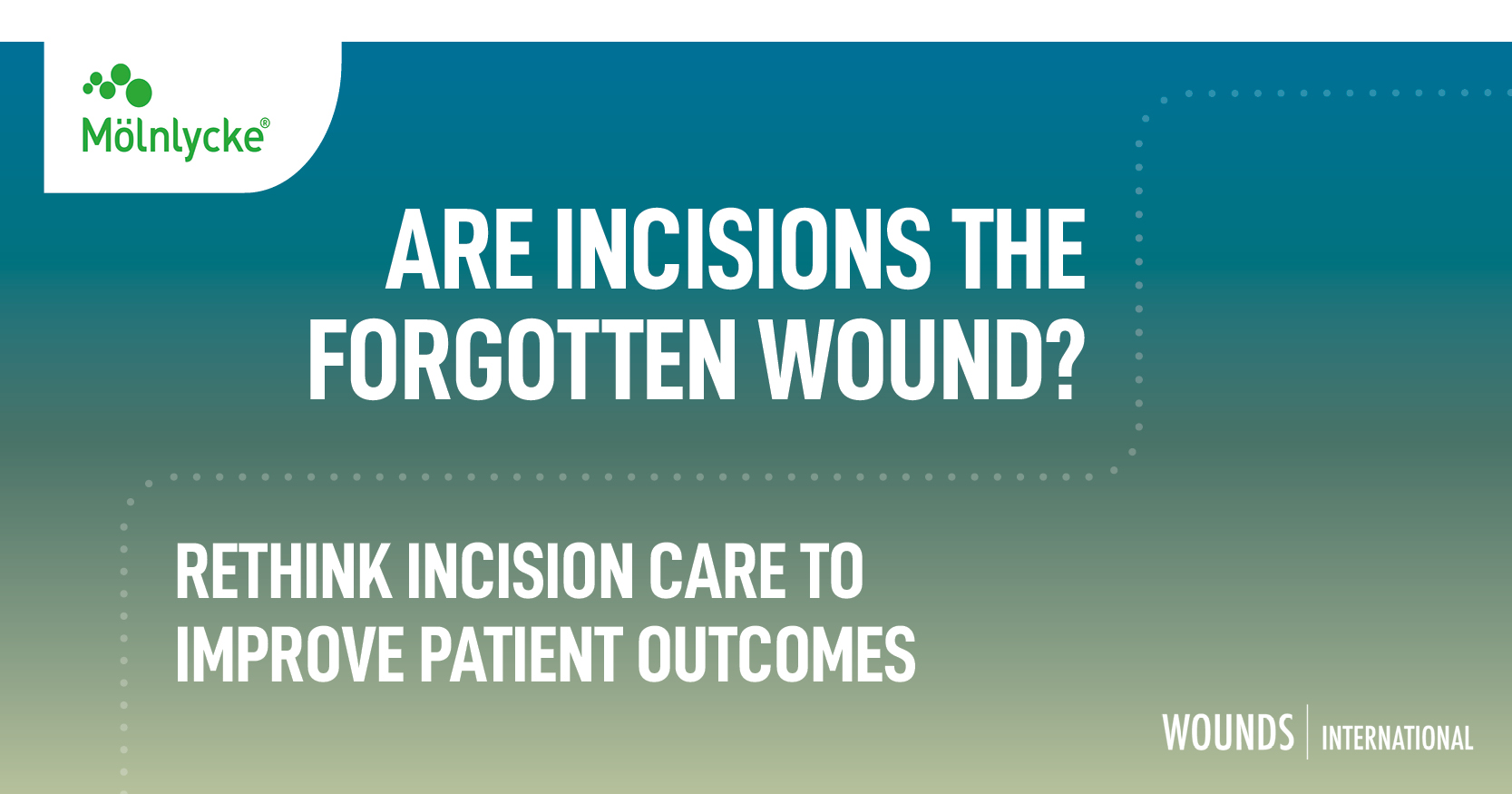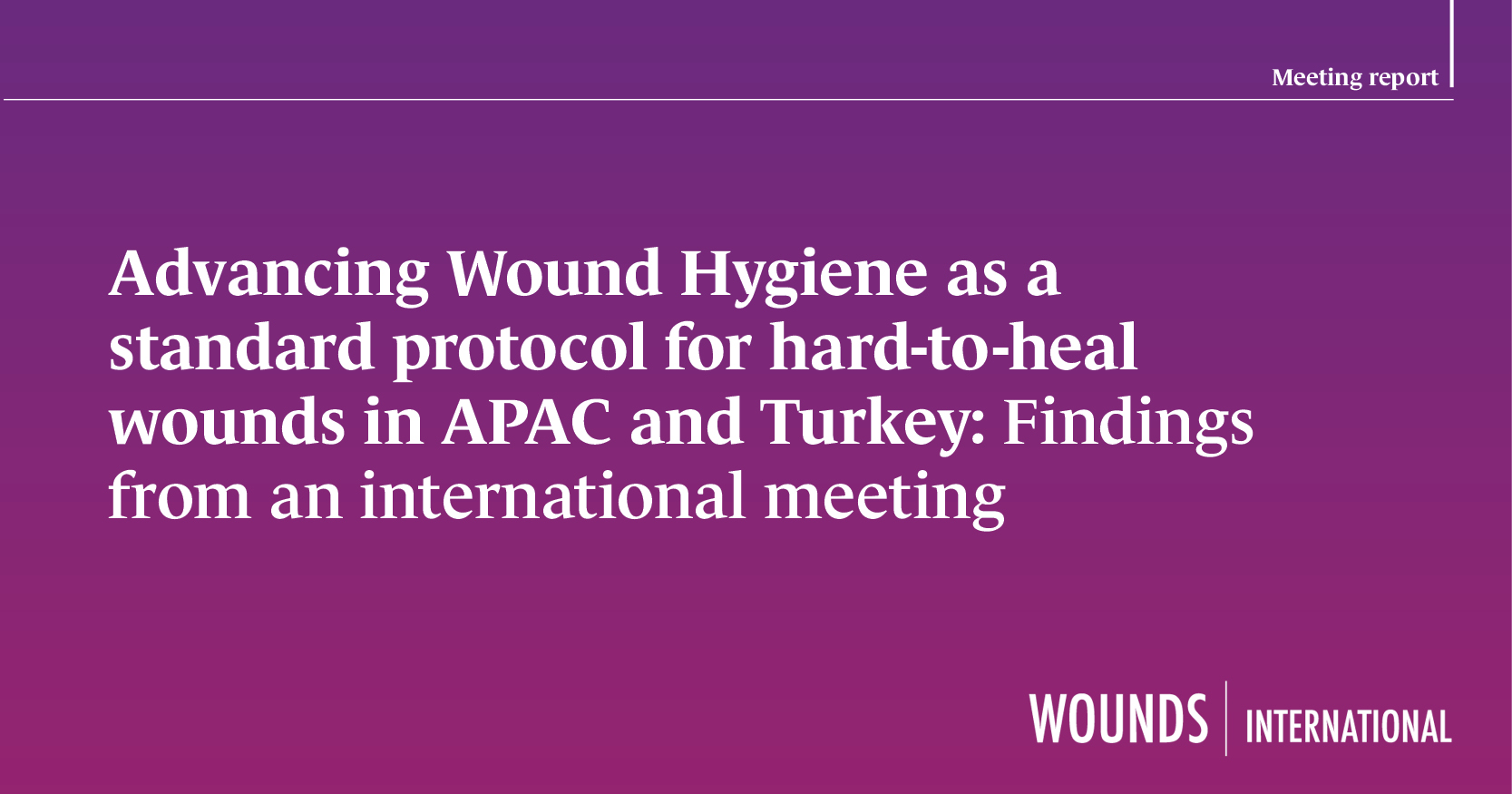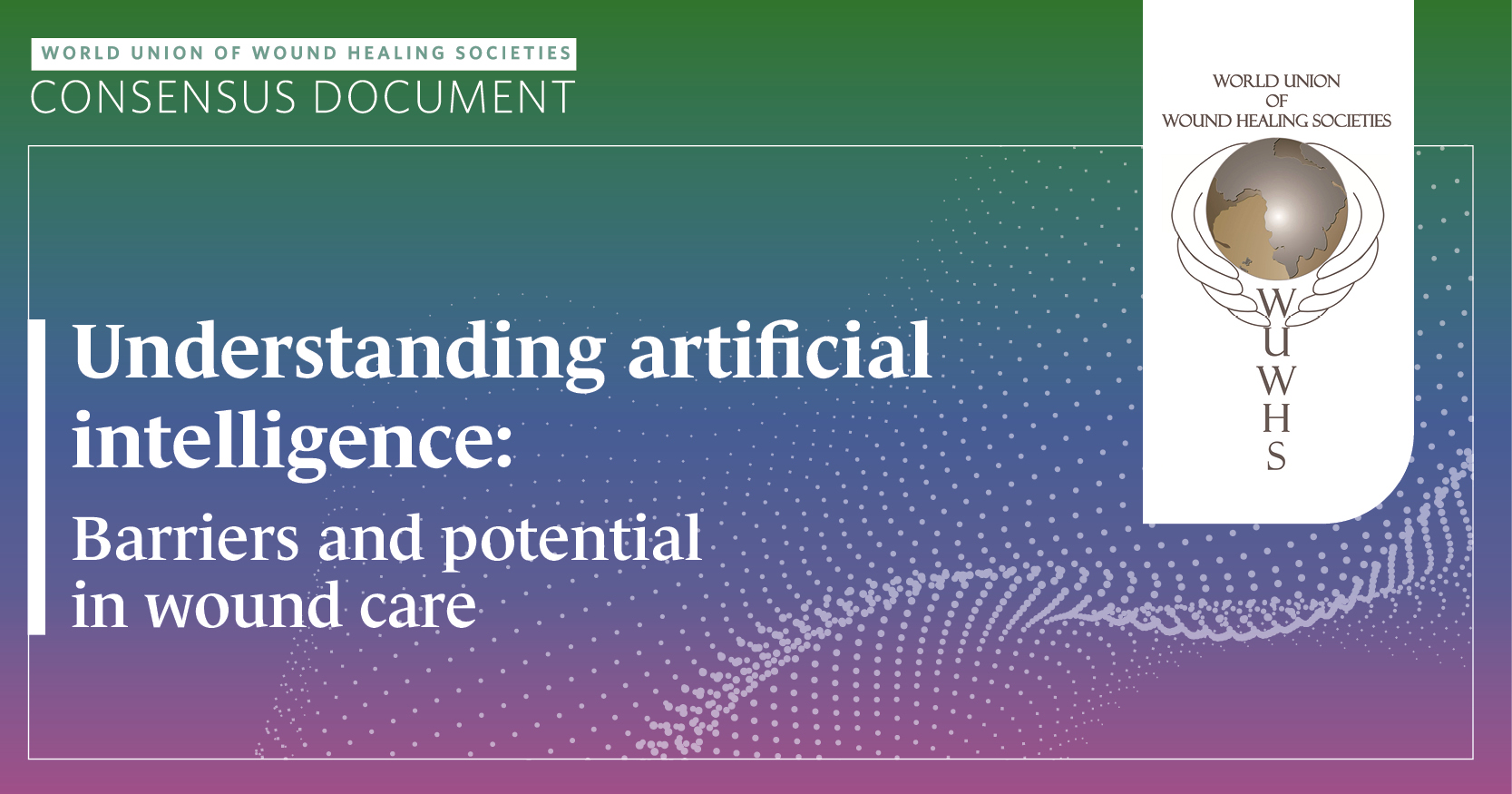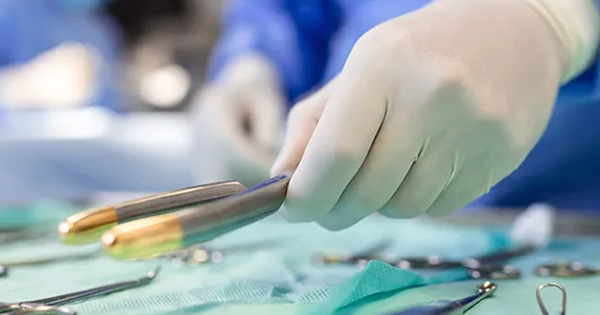ReferencesAilaney N, Johns WL, Golladay GJ et al (2021) Closed incision negative pressure wound therapy for elective hip and knee arthroplasty: a systematic review and meta-analysis of randomized controlled trials. J Arthroplasty 36(7): 2402-11
Bohle B, Pera M, Pascual M et al (2010) Postoperative intra-abdominal infection increases angiogenesis and tumor recurrence after surgical excision of colon cancer in mice. Surgery 147(1): 120-6
Brindle T, Farmer P (2019) Undisturbed wound healing: a narrative review of the literature and clinical considerations. Wounds International 10(2): 40-8
SSERA Group (2023) The case for surgical population assessment: The simplified surgical site event risk assessment (SSERA) model. Wounds International
Cohn SM (1997) Perioperative myocardial ischemia: an overlooked cause of long-term morbidity and mortality. J Trauma 43(2):244-50
Cooper HJ, Roc GC, Bas MA et al (2018) incision negative pressure therapy decreases complications after periprosthetic fracture surgery around the hip and knee. Injury 49(2): 386-91
Cui W, Xie Y (2023) Oncological results in women with wound complications following mastectomy and immediate breast reconstruction: A meta-analysis. Int Wound J 20(5): 1361-8
Curran T, Alvarez D, Pastrana Del Valle J et al (2019) Prophylactic closed-incision negative-pressure wound therapy is associated with decreased surgical site infection in high-risk colorectal surgery laparotomy wounds. Colorectal Dis 21(1): 110-8
Davies P, Stephenson J, Manners C (2019) Understanding undisturbed wound healing in clinical practice — a global survey of healthcare professionals. Wounds International 10(2): 50-7
Deptuła M, Zieliński J, Wardowska A, Pikuła M (2019) Wound healing complications in oncological patients: perspectives for cellular therapy. Postepy Dermatol Alergol 36(2): 139-46
Englesbe MJ, Goss J, Patel SP (2016) Survival and graft function after transplantation of a liver from a living donor. N Engl J Med 374(21): 2014-24
Gillis C, Li C, Lee L et al (2014) Prehabilitation versus rehabilitation: a randomized control trial in patients undergoing colorectal resection for cancer. Anesthesiology 121(4): 937-47
Groenen H, Jalalzadeh H, Buis DR et al (2023) Incisional negative pressure wound therapy for the prevention of surgical site infection: an up-to-date meta-analysis and trial sequential analysis. eClinicalMedicine 62: 102105
Karakiewicz PI, Hutterer GC, Trinh QD et al (2007) C-reactive protein is an informative predictor of renal cell carcinoma-specific mortality: a European study of 313 patients. Cancer 109(12): 2417-23
Keeney JA, Cook JL, Clawson SW et al (2019) Incisional negative pressure wound therapy devices improve short-term wound complications, but not long-term infection rate following hip and knee arthroplasty. J Arthroplasty 34(4): 723–8
Li SS, Udelsman BV, Parikh A et al (2020) Impact of postoperative complication and completion of multimodality therapy on survival in patients undergoing gastrectomy for advanced gastric cancer. J Am Coll Surg 230(6): 912-24
Nakatsutsumi K, Endo A, Asano H et al (2022) Prophylactic effect of negative-pressure wound therapy and delayed sutures against incisional-surgical site infection after emergency laparotomy for colorectal perforation: A multicenter retrospective cohort study. Ann Gastroenterol Surg 7(3): 441-9
National Institute of Health and care Excellence (2020) Surgical site infections: prevention and treatment. CG74
Nausheen B, Gidron Y, Peveler R, Moss-Morris R (2009) Social support and cancer progression: a systematic review. J Psychosom Res 67(5): 403-15
Parvizi J, Gehrke T (2018) Segundo consenso internacional sobre infecciones musculoesqueléticas
Peart J (2019) A tool to assess the risk of surgical site complications and suitability for incisional negative pressure wound therapy. Wounds UK 15(1): 20-6
Pieszko K, Pieszko K, Wichtowski M et al (2023) A randomized study comparing closed-incision negative-pressure wound therapy with standard care in immediate breast reconstruction. Plast Reconstr Surg 151(6): 1123-33
Sahebally SM, McKevitt K, Stephens I et al (2018) Negative Pressure Wound Therapy for Closed Laparotomy Incisions in General and Colorectal Surgery: A Systematic Review and Meta-analysis. JAMA Surg 153(11): e183467
Sandy-Hodgetts, K, Morgan -Jones R, Muath Adi M et al (2022) Incision care and dressing selection in surgical wounds – Findings from a series of international meetings. Wounds International
SSERA Group (2023) Surgical patient population risk assessment: The simplified SSERA assessment model. Wounds International
Shakhar G, Ben-Eliyahu S (2003) Potential prophylactic measures against postoperative immunosuppression: could they reduce recurrence rates in oncological patients? Ann Surg Oncol 10(8): 972-92
Stannard JP, Volgas DA, McGwin G et al (2012) Incisional negative pressure wound therapy after high-risk lower extremity fractures. J Orthop Trauma 26(1): 37-42
Stryja J, Sandy-Hodgetts K, Collier M et al (2020) Surgical site infection: presenting and managing surgical site infection across health care sectors. J Wound Care 29(2, Suppl 2b) :S1-69
Tanaydin V, Beugels J, Andriessen A et al (2018) Randomized controlled study comparing disposable negative-pressure wound therapy with standard care in bilateral breast reduction mammoplasty evaluating surgical site complications and scar quality. Aesthetic Plast Surg 42(4): 927-35
Webster J, Liu Z, Norman G, et al (2019) Negative pressure wound therapy for surgical wounds healing by primary closure. Cochrane Database Syst Rev 3(3): CD009261
Willms AG, Schwab R, von Websky MW et al (2022) Factors influencing the fascial closure rate after open abdomen treatment: Results from the European Hernia Society (EuraHS) Registry: Surgical technique matters. Hernia 26(1):61-73
Willy C, Agarwal A, Andersen CA et al (2017) Closed incision negative pressure therapy: international multidisciplinary consensus recommendations. Int Wound J 14(2): 385-98
World Union of Wound Healing Societies (2016) Consensus Document: Closed surgical incision management: understanding the role of NPWT. Wounds International
World Union of Wound Healing Societies (2018) Consensus Document: Surgical wound dehiscence: improving prevention and outcomes. Wounds International
Xie W, Dai L, Qi Y, Jiang X (2022) Negative pressure wound therapy compared with conventional wound dressings for closed incisions in orthopaedic trauma surgery: A meta-analysis. Int Wound J 19(6): 1319-28





